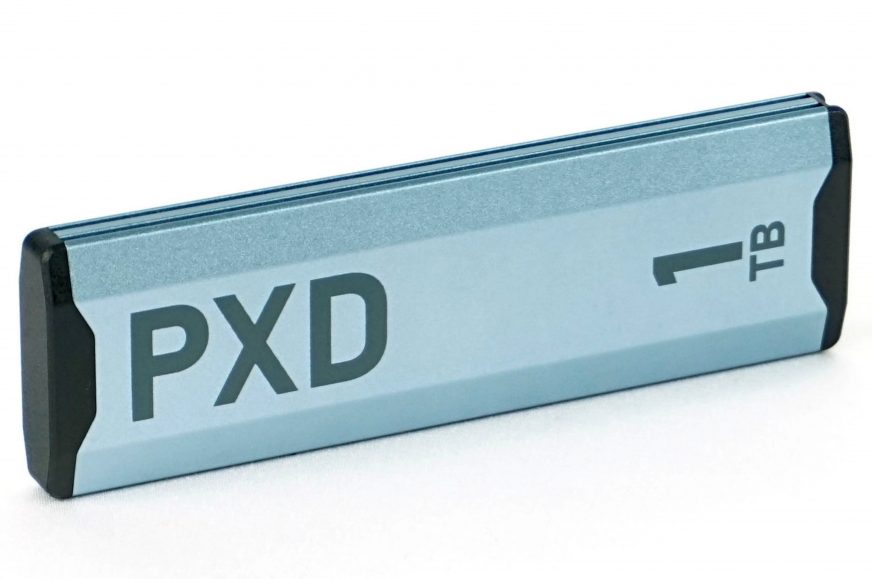Read
External SSDs are slowly but surely displacing classic USB memory sticks or external 2.5″ HDDs. They offer high speed, large storage and at the same time compact dimensions. I’ve been using Samsung’s T5 for some time now, and in the spring we also looked at SanDisk’s Portable SSD. Patriot, which collects plus points for great performance and reasonable prices in our reviews, is also coming to the market now with their PXD model. We will see if this is the case as well.
Read: practical tests
Read tests show a clear dominance of PXD and this time without hesitation. The differences compared to the fastest competition in a given test are between 30/60/140%, which is certainly not negligible.
Reading: synthetic tests
Synthetic read tests again show near-paper speeds with sequential read speed exceeding 900 MB/s. Access time is as good as writing and again more than twice as fast as the competition. As with the practical tests, read does not suffer from any performance drops in 4K 64 threads as it did during write, so I have nothing to complain about here.








